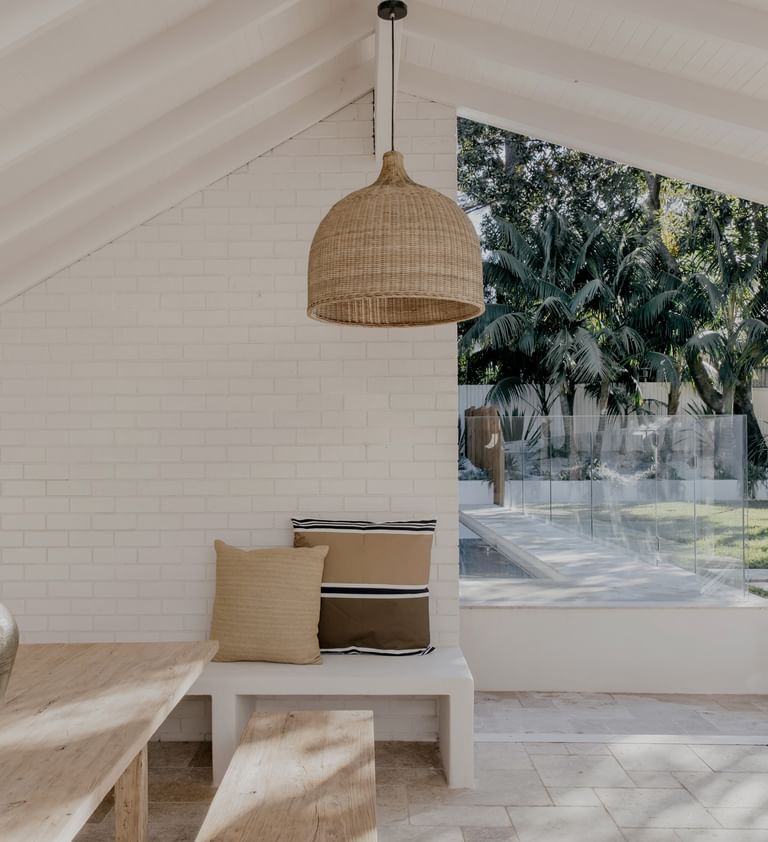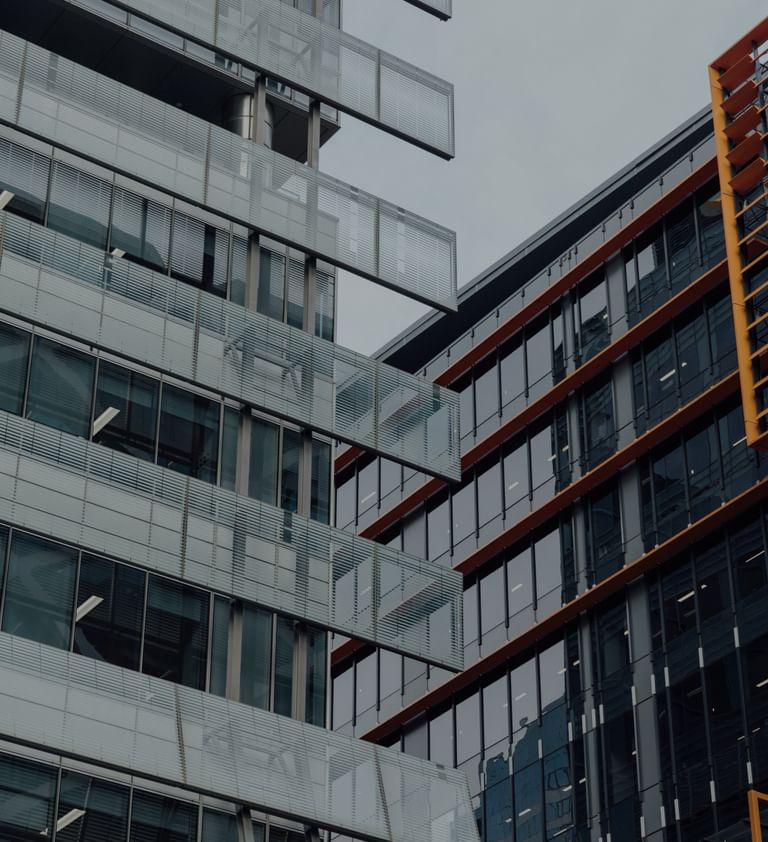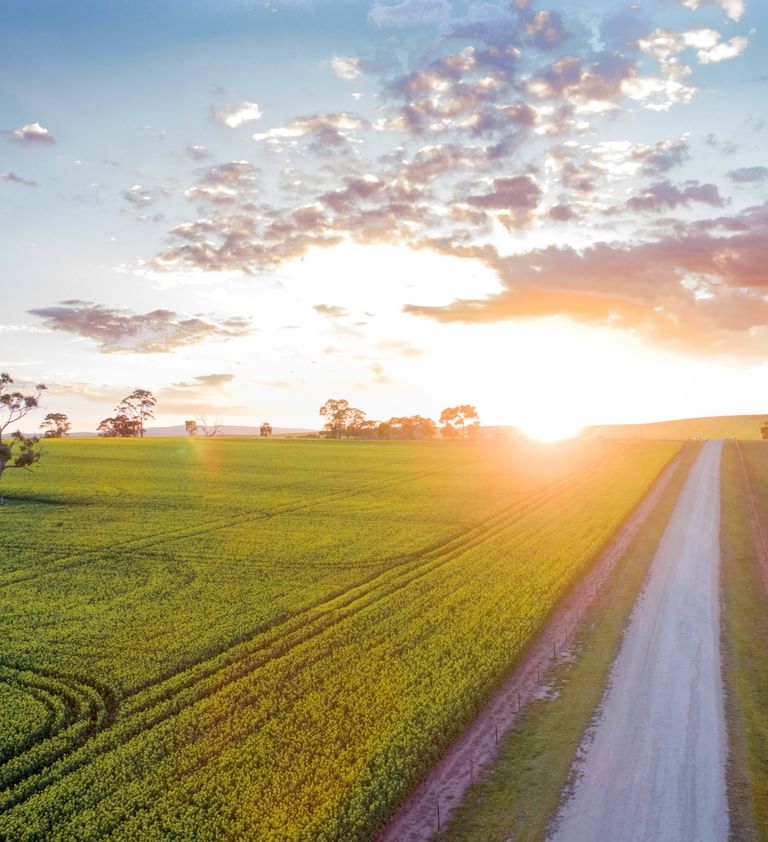Perth: The New Million Dollar Hotspot?
Perth emerges as the star of Australia's housing boom, contributing an outsized 22 of the 78 new million-dollar suburbs. This remarkable showing reflects the city's position as having the strongest house price growth over the past three years, with suburbs showing annual growth rates between 11-14 per cent.
The Perth story is one of outward expansion. All of the city's inner suburbs now sit above $1 million, pushing growth into previously more affordable areas. Roleystone is the most likely candidate to cross the threshold, with current prices at $992,000 and 13 per cent annual growth pointing towards $1.12 million within 12 months.
Other Perth suburbs are tracking towards even higher levels: Bayswater-Embleton-Bedford ($967,000), Padbury ($969,000), Serpentine-Jarrahdale ($972,000), and Tuart Hill-Joondanna ($958,000) are all positioned to exceed $1.08 million, which is notably higher than comparable suburbs in other capitals.
A New Number Two
Brisbane’s growth is the antithesis to Melbourne's stagnation. The Queensland capital is experiencing sustained 8-9 per cent annual growth, with 17 new suburbs expected to cross the million-dollar threshold, a surge that will likely see Brisbane tie with Melbourne for second place by next year.
Just like with Perth, Brisbane's growth is spreading to the outskirts of the city: Eagle Farm-Pinkenba leads at $978,000 with 9.9 per cent growth, while the expansion spans from Algester in the south ($991,000) to Karana Downs in Ipswich ($983,000), Mango Hill in Moreton Bay South ($978,000), and Riverhills in the west ($976,000).
Melbourne, despite currently holding second place, has seen muted growth over the past three years, meaning no new suburbs will join the exclusive ranks.
Sydney, Adelaide and Canberra
Sydney's 14 new suburbs tell the story of Australia's most expensive housing market running out of affordable options. With the city's geometric mean house price already at $1.6 million, the new million-dollar suburbs represent the final pockets of relative affordability—mostly clustered in outer growth areas like Currans Hill in Camden ($995,000) and Hassall Grove-Plumpton in Blacktown ($989,000), alongside several Campbelltown suburbs. Even these "affordable" areas are tracking towards $1.02-1.04 million.
Adelaide's 11 new additions show a similar pattern of expansion from the already-expensive Central and Hills region. Bellevue Heights ($997,000), Willunga ($998,000), and Coromandel Valley ($981,000) in Adelaide South are joined by Plympton ($995,000) and Flinders Park ($991,000) in Adelaide West, all showing steady 7-8 per cent growth rates.
Behind Sydney, Canberra has Australia's second-highest concentration of million-dollar suburbs. However, the territory's muted growth over recent years means only three suburbs will join the club: Gungahlin ($998,000), Palmerston ($984,000), and Holder ($990,000) are edging across the threshold with minimal annual growth rates of just 1-2 per cent.
Regional Winners
Regional areas are making a strong showing across the country. Queensland's growth corridors lead the charge—Meridan Plains on the Sunshine Coast ($994,000), Middle Ridge in Toowoomba ($977,000), and Coomera on the Gold Coast ($959,000)—alongside Western Australia's premium coastal areas like Margaret River ($951,000).
Gelorup-Stratham in Bunbury stands out with current prices at $953,000 and 12 per cent growth, demonstrating that Perth's housing boom extends well beyond the metropolitan area.










